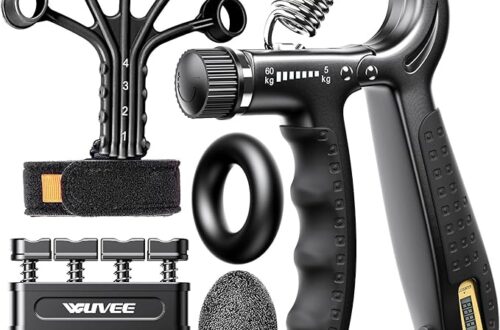In the intricate journey of stroke recovery, cognitive and perceptual rehabilitation emerges as a cornerstone, playing a pivotal role in helping survivors navigate the challenges that affect their daily lives. Cognitive impairments following a stroke can range from memory loss and attention deficits to more complex issues such as difficulty in understanding or processing information. Similarly, perceptual difficulties might involve problems with spatial awareness or the ability to accurately interpret sensory information. Occupational therapy, with its holistic approach, employs a variety of cognitive and perceptual exercises designed to address these challenges, facilitating a more comprehensive recovery. This article delves into the significance of these exercises, shedding light on their benefits and the mechanisms through which they aid rehabilitation.
The Spectrum of Cognitive and Perceptual Challenges
Stroke survivors often face a wide range of cognitive and perceptual challenges that can significantly impact their quality of life. Cognitive impairments may include difficulties with concentration, memory, problem-solving, and executive functioning tasks such as planning and decision-making. Perceptual issues, on the other hand, may involve challenges in recognizing objects, judging distances, or differentiating between shapes and colors. These difficulties can hinder the ability to perform everyday activities, from dressing and cooking to engaging in social interactions and professional tasks.
The Role of Occupational Therapy
Occupational therapy (OT) plays a critical role in addressing cognitive and perceptual challenges faced by stroke survivors. By employing targeted exercises and activities, occupational therapists aid in the retraining of the brain, leveraging the concept of neuroplasticity—the brain’s ability to reorganize and form new neural connections. This adaptability is fundamental to recovery, allowing stroke survivors to regain lost skills or develop new strategies to compensate for any deficits.
Cognitive Rehabilitation Exercises
- Memory Training: Exercises designed to improve short-term and long-term memory might include the use of repetition, mnemonic devices, or memory aids like journals and electronic reminders. These tasks are gradually intensified to challenge the patient and promote memory retention.
- Attention and Concentration Tasks: Activities such as matching games, puzzles, or computer-based programs are utilized to enhance the ability to focus and maintain attention over extended periods. These exercises are essential for rebuilding the capacity to concentrate, a critical component of effective cognitive functioning.
- Executive Functioning Training: This involves complex activities that require planning, organization, time management, and multitasking. Therapists might use real-life tasks, such as managing a budget or planning an event, to help patients redevelop these skills.
- Problem-Solving Exercises: These activities are designed to improve analytical skills and decision-making. Scenarios that simulate real-life challenges enable patients to practice identifying problems, generating solutions, and evaluating outcomes.
Perceptual Rehabilitation Exercises
- Visual Scanning Training: To address issues such as visual neglect, therapists employ exercises that encourage patients to scan their environment. Activities may include searching for specific items in a picture or using computer-based programs that require identification and location of objects.
- Spatial Relations Activities: These exercises help patients improve their understanding of spatial relationships, crucial for tasks such as navigating their environment or organizing objects. Activities might involve assembling puzzles or constructing models based on diagrams.
- Hand-Eye Coordination Tasks: Activities that require precise hand-eye coordination, such as threading beads or playing catch, can help retrain the brain’s ability to coordinate visual information with motor actions.
- Sensory Integration Therapy: This approach is used to address difficulties in processing sensory information. Exercises may involve distinguishing between different textures, temperatures, or weights, helping to improve the brain’s ability to interpret and respond to sensory inputs.
The Impact of Cognitive and Perceptual Exercises
The benefits of engaging in cognitive and perceptual exercises extend beyond mere improvements in specific skills. These activities foster greater independence by enabling stroke survivors to perform daily tasks more efficiently. Additionally, they contribute to enhanced safety, reducing the risk of accidents or injuries in the home or community. On a psychological level, improvements in cognitive and perceptual abilities can significantly boost confidence and self-esteem, fostering a more positive outlook on the recovery journey.
Moreover, cognitive and perceptual rehabilitation exercises are adaptable, allowing therapists to tailor activities to each patient’s specific needs and progress. This personalized approach ensures that therapy remains challenging yet achievable, providing a pathway for continuous improvement.
Conclusion
Cognitive and perceptual rehabilitation is a vital component of the post-stroke recovery process, addressing the diverse challenges that can hinder a survivor’s return to normalcy. Through a carefully structured regimen of exercises and activities, occupational therapists play a crucial role in helping individuals rebuild their cognitive and perceptual skills. This rehabilitation not only enhances the ability to perform daily activities but also contributes to a more fulfilling and independent life post-stroke. As research in the field continues to evolve, so too will the strategies and interventions employed, offering hope and improved outcomes for stroke survivors worldwide.





